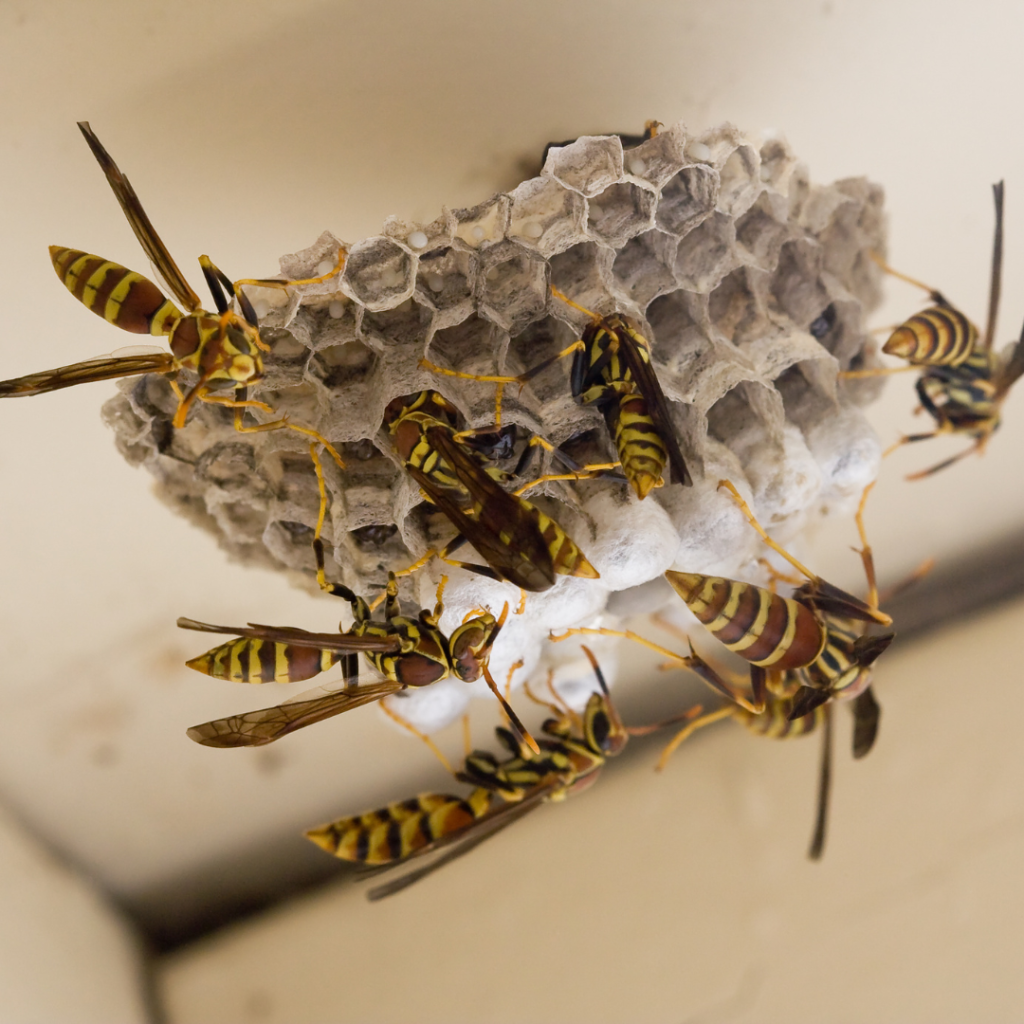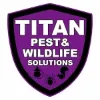Discovering a wasp nest on your property can be alarming, especially if it’s close to entryways, patios, or places where people and pets gather. Wasps are known for their aggressive behavior and painful stings, especially when their nest is disturbed. That’s why wasp nest removal should always be approached with caution, planning, and the right safety knowledge.
Whether the nest is hanging from a tree, attached to a building, or tucked inside a hidden corner, it’s important to understand the risks involved and how to manage them properly. Below are key tips that homeowners should follow to safely address wasp nests and minimize the danger they pose.

Identify the Type and Location of the Nest
Not all wasps are the same, and different species build nests in different places. The first step in wasp nest removal is identifying what kind of nest you’re dealing with and where it is located.
- Paper wasps usually build umbrella-shaped nests under eaves or decks
- Yellow jackets often nest underground or inside wall cavities
- Hornets build large, enclosed nests in trees or on buildings
Understanding the species can give you insight into how aggressive the wasps might be and how difficult the nest will be to access. Wasps are particularly active during the warmer months and are more likely to defend their nests during late summer and early fall when colonies reach peak size.
Knowing what attracts wasps can also help you prevent future nests from forming once the current one is dealt with.
Know the Risks of Disturbing a Nest
Attempting to remove a wasp nest without proper knowledge can result in multiple stings, allergic reactions, and even structural damage if the nest is inside your home’s walls or attic. Wasps can become highly aggressive when they feel their colony is threatened.
- Wasps can sting multiple times and will pursue perceived threats
- Stings can cause swelling, pain, and in some cases, life-threatening allergic reactions
- Disturbing an indoor nest may cause wasps to scatter through vents or living spaces
For many people, the danger isn’t just about getting stung. As outlined in this article on the dangers posed by wasps, even a single sting can be serious for those with allergies or compromised immune systems.
Take Safety Precautions if You Must Approach
If you’re evaluating a nest or preparing for professional removal, taking basic precautions can help reduce your risk of getting stung. Avoid removing nests on your own, especially if they are large or difficult to access, but if you must get close, follow these safety tips:
- Wear protective clothing that covers your entire body, including gloves and a hat with a veil
- Approach nests during early morning or late evening hours when wasps are less active
- Keep children and pets far away from the area during observation or treatment
- Move slowly and avoid sudden movements or loud noises near the nest
- Never swat at wasps, as this increases aggression and may trigger a swarm
These safety measures are essential even for temporary observation. If the nest is in a high-traffic area or poses immediate danger, calling in professionals is the safest route.
Avoid Common DIY Mistakes
Many homeowners attempt wasp nest removal using store-bought sprays, smoke, or homemade traps. These methods often cause more harm than good, either by aggravating the colony or failing to eliminate it completely. The wrong approach can also lead to unexpected property damage or health hazards.
- Do not block nest entrances or seal walls without confirming all wasps are gone
- Avoid using fire or water, which can spread wasps unpredictably
- Never strike or knock down an active nest without a plan for escape and control
- Be cautious when using chemicals, especially near children, pets, or edible plants
These common mistakes can turn a small problem into a large and dangerous one. Professional pest control experts have access to the tools and strategies needed to handle wasps effectively without unnecessary risk.
Focus on Long-Term Prevention
After a nest is removed, it’s important to make your property less inviting to future colonies. Wasps return to areas where they previously thrived and often build new nests close to old sites. Preventive action helps reduce this risk and supports a safer outdoor space year-round.
- Seal small gaps in siding, soffits, and attic vents where wasps may enter
- Keep trash bins sealed tightly and clean up food spills promptly
- Limit access to sugary drinks or meat scraps during outdoor meals
- Trim shrubs and trees where nests could be concealed
- Schedule routine inspections during the spring and summer months
Prevention is key to long-term control and peace of mind. With regular care and attention, you can stop wasps from nesting before they become a problem again.Wasp nest removal is a delicate and potentially hazardous task that should never be taken lightly. While it’s natural to want fast solutions, safety should always come first. For expert removal and long-term prevention strategies, contact Titan Pest & Wildlife Solutions and ensure your home and family stay protected from wasp threats.

